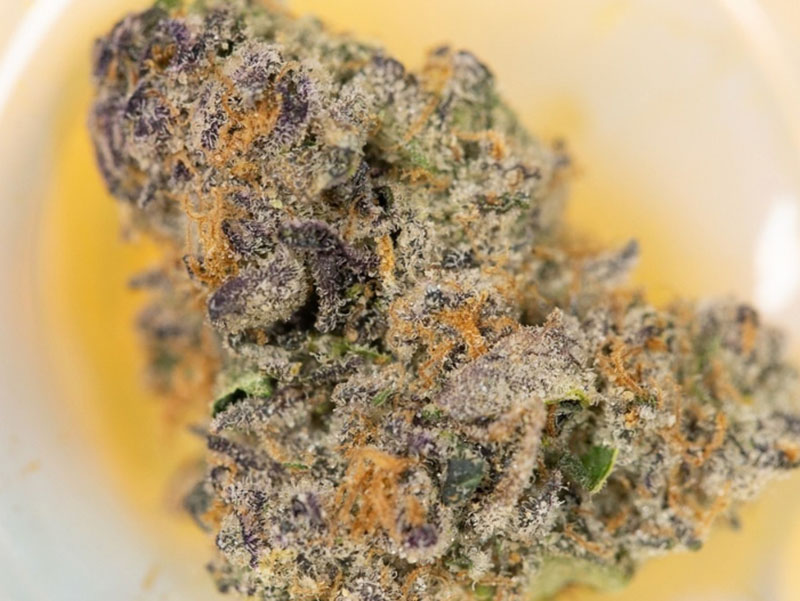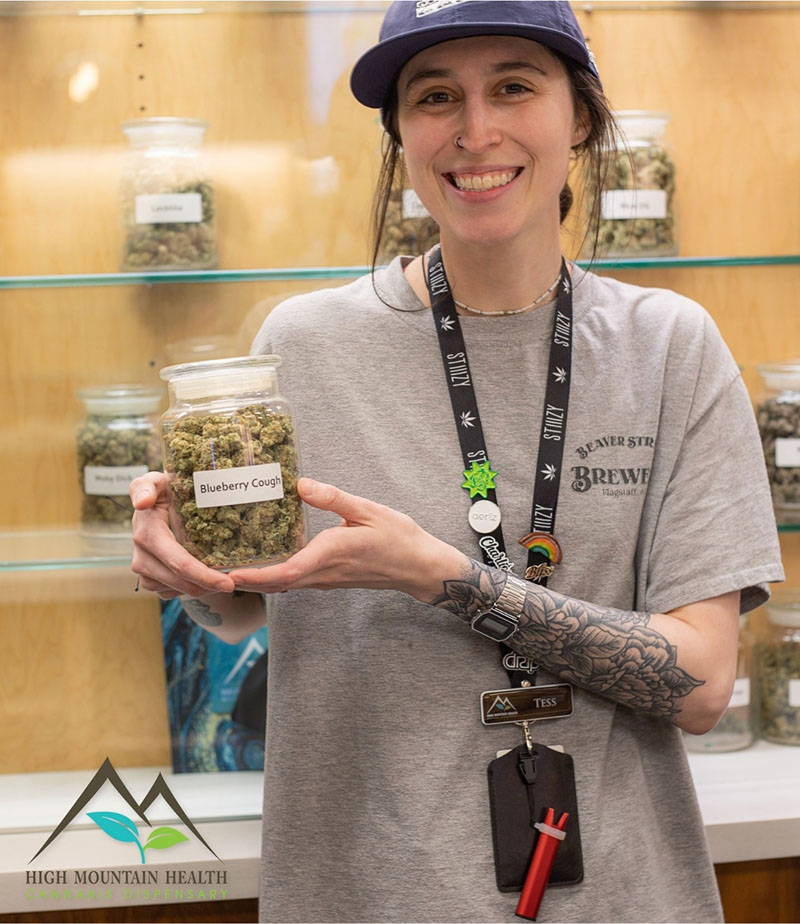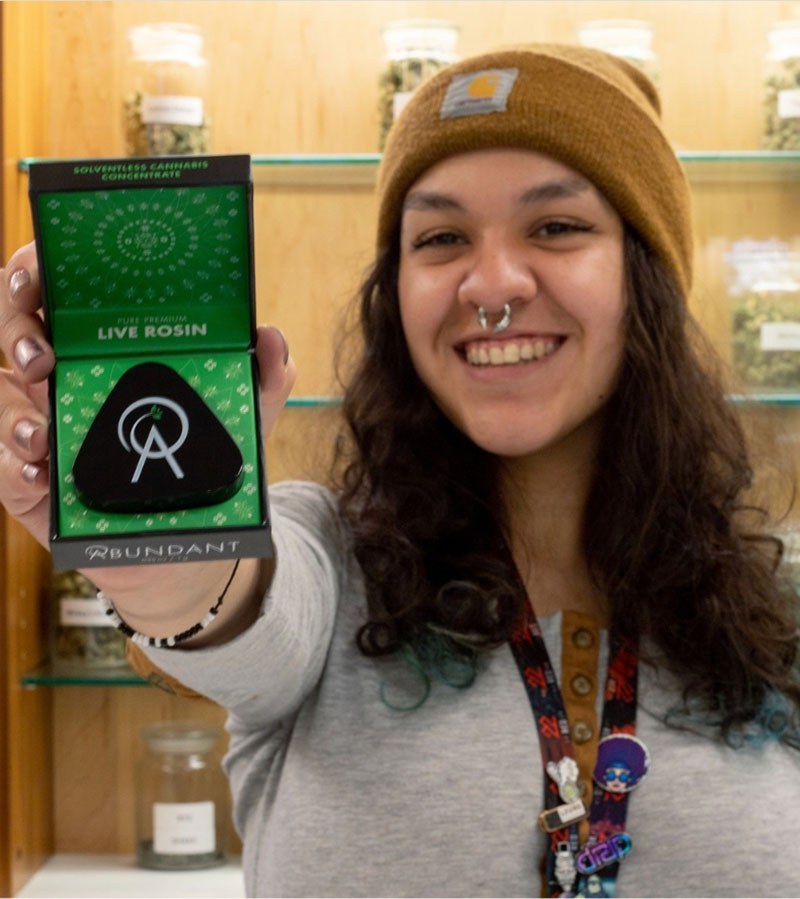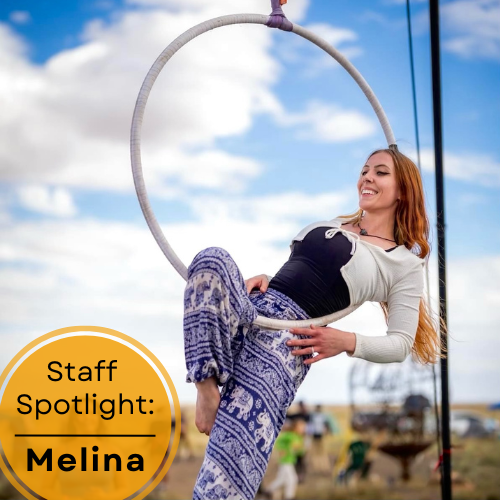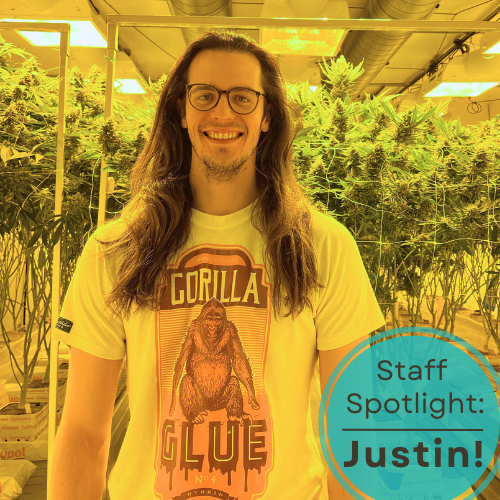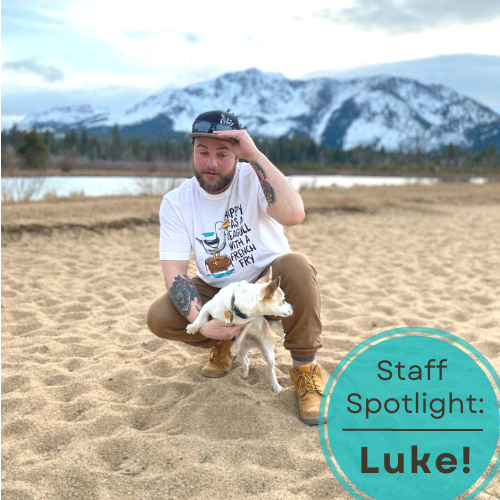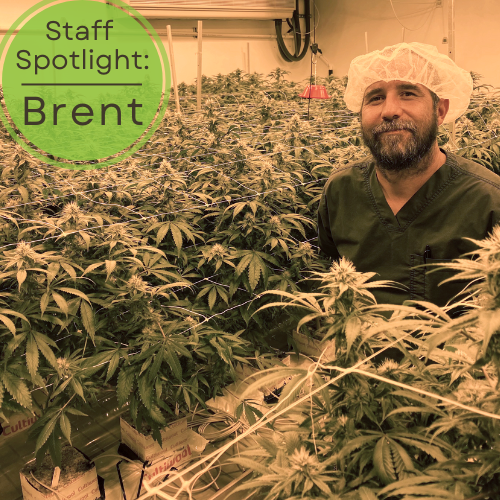When a patient enters a dispensary in Arizona, they are often greeted by a list of available cannabis strains for purchase. Based on the individual patient’s medical needs, they will choose a strain with a desired ratio of cannabinoids.
While there are countless cannabinoids found within the plant itself, the two presently getting the most attention is Tetrahydrocannabinol (THC) and Cannabidiol (CBD).
Oftentimes, the strains will be accompanied by a ratio (usually between THC and CBD), shown as a percentage. A label on the jar might proclaim, “16% THC, .5% CBD.” However, the effects of the cannabis itself do not always reflect the test results shared with the purchasing patient. Incorrect numbers can be especially harmful to those treating serious illnesses with fragile immune systems, or for those who might be relying on cannabis in place of pharmaceuticals. Furthermore, testing facilities are especially necessary to catch contaminants like mold, mildew or pesticides before a consumer ingests the cannabis.
Disconcertingly, there are no requirements for testing for cannabinoids in Arizona. Despite Proposition 203 legalizing medical marijuana in 2010, and placing stringent restrictions on who can access and sell medical marijuana, testing for different cannabinoids or contaminants is still mostly unregulated.
 The standard for testing cannabis begins with a synthetic cannabinoid sample sent from one of the two labs in the country. Synthetic cannabis is used because, of course, true cannabinoids cannot be shipped across state lines due to its standing with the federal government. The synthetic cannabinoids are then used to create a standard for comparison. The particular strain of medicine being tested is then incinerated and by using a process called gas chromatography (or in some cases, liquid chromatography), the individual cannabinoids are separated out by molecular structure and compared to the standard.
The standard for testing cannabis begins with a synthetic cannabinoid sample sent from one of the two labs in the country. Synthetic cannabis is used because, of course, true cannabinoids cannot be shipped across state lines due to its standing with the federal government. The synthetic cannabinoids are then used to create a standard for comparison. The particular strain of medicine being tested is then incinerated and by using a process called gas chromatography (or in some cases, liquid chromatography), the individual cannabinoids are separated out by molecular structure and compared to the standard.
David Spillman, Operations Manager at High Mountain Health, emphasized the inconsistency between testing labs in Arizona.
“What we’ve found, is we can have a piece of flower, grind it up and separate it into two parcels,” Spillman says. “We’ll take these parcels to two different labs, and we’ll get completely, totally different numbers.”
High Mountain Health’s insurance policy requires testing for any microbes (mold or mildew) but doesn’t require testing for pesticides. While High Mountain Health’s products are soil grown and all natural (no chemically-derived pesticides), many other dispensaries in Arizona are not.
“We don’t use pesticides, so we know that we don’t have any in there, but that doesn’t really help us with the rest of the state. That really drives me crazy,” Spillman says.
Spillman explained that the discrepancies between testing labs often arise because a standard operating procedure does not exist. Samples might be kept at different temperature or the testing equipment might be contaminated. Even the air composition in the lab can contribute to vastly different numbers.
This lack of oversight is mainly because cannabis is still considered a Schedule I drug by the federal government (classified as being highly addictive and having no medical benefits). Therefore, research is restricted and, despite 24 states and Washington D.C. legalizing it for medical purposes, cannabis is still federally held at the same level of danger as heroin or ecstasy. With other crops consumed by humans, the EPA oversees the production and methods of pest-control. But because of cannabis’ illegality, the EPA has virtually no control over this crop.
For most, the possibility of ingesting toxic chemicals is scarier than not knowing the cannabinoid ratio. A paper published by the Cannabis Safety Institute in June 2015 found pesticides at much higher levels in cannabis than what is permitted in other products being consumed. For example, the study found carbaryl, a common chemical used on fruits and vegetables, as high as 415 parts per million on cannabis, when a safe level is considered 3 parts per million. Furthermore, pesticides that are not allowed on any consumable products were also found.
There has to be a balance — a patient should feel confident their medicine doesn’t have mites or microbes, but also no potentially toxic chemicals in exceptionally high amounts. But many cannabis farmers, who are not provided guidelines by regulatory agencies, resort to using harsh chemicals to protect their crops. Additionally, many universities are prevented from doing research on the potential benefits of various cannabinoids, or deepening the research around the health risks of different additives and repellants.
At High Mountain Health, there is a focus on more natural pest repellants.
“We use essential oils,” Spillman says. “We also focus on the environment, rather than spraying, so the plants can protect themselves naturally.”
While High Mountain Health hopes to set the bar for safe cannabis in Arizona, other states have had extensive issues. On April 5, Colorado saw its seventeenth cannabis recall because of pesticide concerns. In November 2015, Gov. John Hickenlooper declared any marijuana grown with unapproved pesticides should be destroyed.
Some states are moving in the right direction; Washington’s State Department of Agriculture released a list of pesticides that meet WSDA Criteria. Hopefully, as more states legalize cannabis, there will be more definitive guidelines on testing and pesticide-use. This is necessary for the continuation of the industry, and for the safety of patients across the country.
Additional reading:
Deep dive: Why Colorado has struggled to regulate pot pesticides

